Perhaps the largest, and certainly the most iconic, coming-together of these hippies occurred on January 14th, 1967, in the Polo Fields of Golden Gate Park, for a massive, flamboyant, acid-fueled “Human Be-In” — a play on words stemming from the sit-ins of the Civil Rights Movement and the love-ins of the anti-war movement. The date for this “Gathering of Tribes” had been chosen carefully, thanks to its astrological import, by Gavin Arthur. An astrologer, sexologist, and bisexual man — who according to legend had once bedded both Neal Cassady and Edward Carpenter — Arthur himself became a key proponent of free love and the gay liberation movement. As a writer, he penned The Circle of Sex, and he publicized the Be-In through articles in a short-lived hippie newspaper called the San Francisco Oracle.
Many if not most of the key figures who spoke to the crowd that day would today be considered somewhere along the queer spectrum. (Although, whether they would identify themselves that way is another question — many people we’ve interviewed for Out of Site: Haight-Ashbury decry the notion of identifying themselves at all, choosing instead to revel in the dissolving categories of free love and open sexuality. Regardless, many of these people had lovers who shared their gender identity). Ginsberg addressed the crowd, along with Alan Watts, Timothy Leary, Jerry Rubin, Gary Snyder, Michael McClure, comedian Dick Gregory, and Lawrence Ferlinghetti. All the hip Bay Area bands played: Jefferson Airplane, Big Brother and the Holding Company (featuring Janis Joplin), Quicksilver Messenger Service, and, of course, the Grateful Dead — during whose set a skydiver landed amongst the crowd in the Polo Fields. Lenore Kandel also took the stage, a poet and author of the infamous Love Book, for which she, too, was tried in court for indecency, over the book’s overt portrayal of female eroticism and gratuitous use of the word fuck — which, coming from a woman author, was basically as big of an infraction.
While the 1960s are lionized as a period of sexual revolution, in no small part due to the advent of the birth control pill, this freedom was not granted to women writing “obscenely” about sex, and certainly not to gay people living and writing openly about their sex lives. At the time of the Be-In in 1967, it was still illegal to be gay, and homosexuality would not be removed as a mental disorder in the Diagnostic and Statistical Manual of Mental Disorders (DSM) until 1973. Kandel, Ginsberg, and their contemporaries defied both tradition and the law to broadcast a sexual ideology that celebrated deviant sexualities which mainstream America still condemned as indecent, immoral, obscene, etc.
Mike Caffee, today a friend and collaborator of Eye Zen, attended the Be-In as a young man. He credits the Be-In as a crucial shift in self-perception for the attendant hippies. He says, “We were no longer the 'bad' people that our parents and culture had warned us about, but a loving and caring people, trying to overcome unjust cultural repression with passive non-violent self-expression and Love.”







